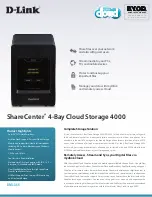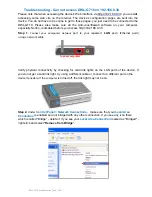
22-23
Catalyst 6000 Family Software Configuration Guide—Releases 6.3 and 6.4
78-13315-02
Chapter 22 Configuring Redundancy
MSFC Redundancy
(Sup #2/MSFC #2). Sup #1 is active and Sup #2 is in standby mode in both switches. High availability
is enabled on the supervisor engines. The supervisor engines automatically perform image and
configuration synchronization; you must manually synchronize the images and configurations on the
MSFCs.
Figure 22-2 Dual MSFC Operational Model for Redundancy and Load Sharing—VLANs 10 and 21
In
Figure 22-2
, you should configure redundancy and load sharing as follows:
•
VLAN 10 (even-numbered VLANs)—Configure MSFC #1 in Switch S1 as the primary HSRP
router (priority 110) and configure MSFC #2 as the standby router (priority 109).
•
VLAN 21 (odd-numbered VLANs)—Configure MSFC #1 in Switch S2 as the primary HSRP router
(priority 110) and configure MSFC #2 as the standby router (priority 109).
Load sharing is achieved by having the even-numbered VLANs routed by Switch S1 and the
odd-numbered VLANs by Switch S2. In a complete switch failure, the remaining switch would service
both even and odd VLANs.
You can achieve further load sharing by using MSFC #2 in Switch S1 as the primary HSRP router for
VLAN 12 and MSFC #2 as the primary HSRP router in Switch S2 for VLAN 23 (see
Figure 22-3
).
VLAN 10/21
VLAN 12/23
Trunk 1
Trunk 2
Switch S1
Switch S2
Slot 1
Sup#1/MSFC#1
HSRP Active VLAN 10: priority 110
HSRP Standby VLAN 21: priority 108
Slot 2
Sup#2/MSFC#2
HSRP Standby VLAN 10: priority 109
HSRP Standby VLAN 21: priority 107
Slot 1
Sup#1/MSFC#1
HSRP Standby VLAN 10: priority 108
HSRP Active VLAN 21: priority 110
Slot 2
Sup2/MSFC#2
HSRP Standby VLAN 10: priority 107
HSRP Standby VLAN 21: priority 109
38595
















































